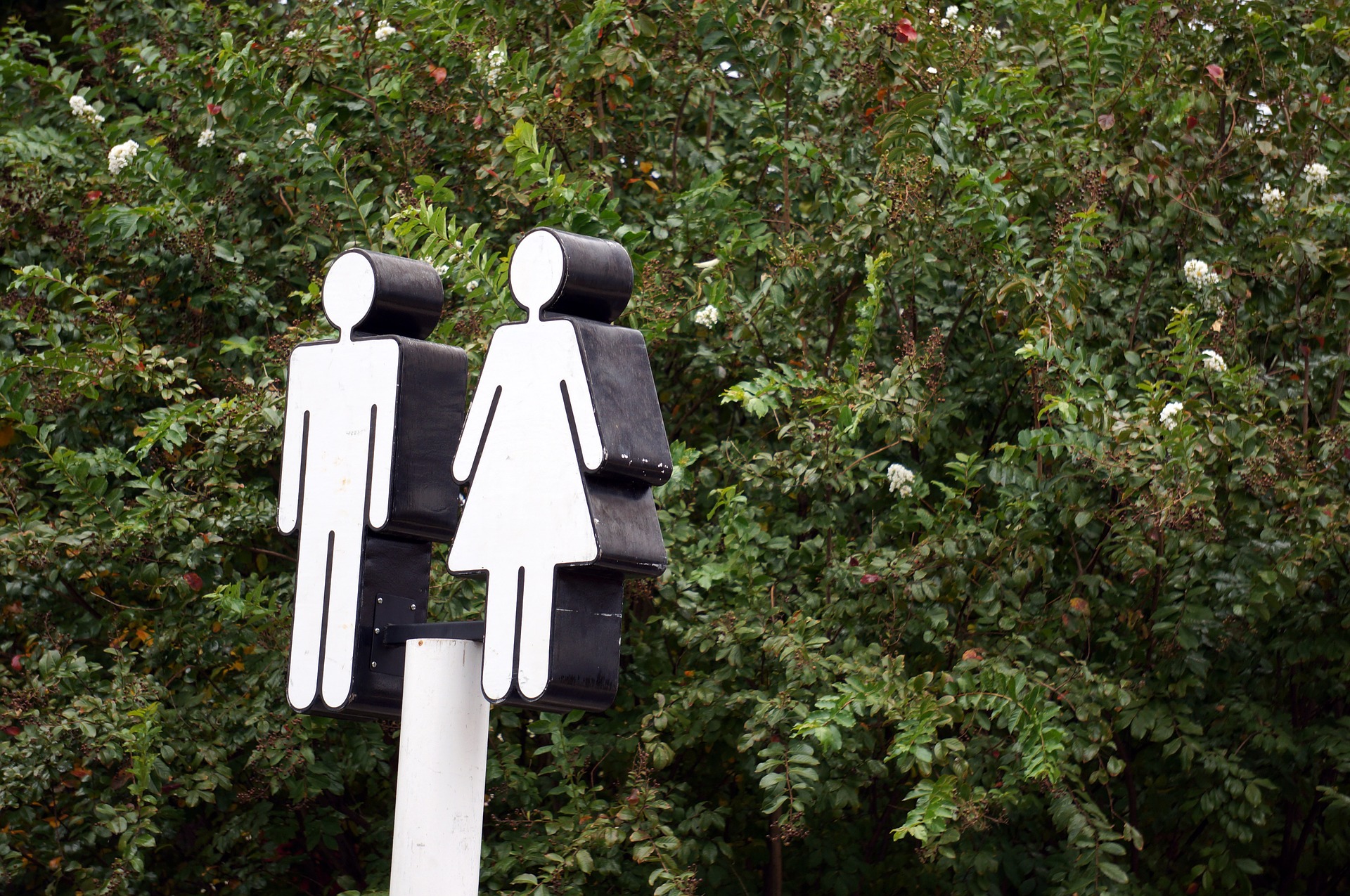Gender, a multifaceted construct, has long been the subject of inquiry, debate, and intrigue within both social sciences and biological research. As societal perceptions evolve, so too does the recognition of gender beyond the binary framework of male and female. To traverse this landscape, one must first comprehend the underlying distinctions between sex, gender identity, and expression. Each component plays a critical role as pivotal threads in the intricate tapestry of human identity.
Biologically, sex is often narrowly defined by physical characteristics, such as chromosomes, hormone profiles, and reproductive/sexual anatomy. Traditionally, this binary classification aligns genetic XX females with women and XY males with men. However, this reductionist view belies the complexity present in nature. Intersex individuals, who may possess combinations of these characteristics, illuminate the spectrum of biological sex and challenge the rigid categorizations imposed by society.
In contrast to biological sex, gender presents itself as a more abstract and nuanced concept, rooted in an individual’s internal sense of self. Gender identity is a person’s intrinsic understanding of their gender, which may or may not align with their assigned sex at birth. This identity can manifest in a plethora of ways, encapsulating identities such as cisgender, transgender, non-binary, genderqueer, and more. Each label reflects a unique narrative, a personal journey navigating the currents of self-acceptance and societal recognition.
To elucidate this complexity, consider the notion that gender operates on a spectrum rather than a binary; much like a painter’s palette where vibrant hues intermingle to create infinite shades, human experiences of gender intertwine and resonate with one another. This analogy captures the essence of modern understandings of gender: a continuum without definitive boundaries. The outmoded binary framework simply cannot encapsulate the rich diversity of human experiences.
Research substantiates this perception of gender diversity. According to studies in anthropological and sociological fields, cultures across the world recognize more than two genders. The Bugis people of Indonesia, for example, identify five genders, including the distinct categories of male, female, bissu (a spiritual gender), intersex, and transgender. Similarly, Indigenous cultures in North America often have long-standing traditions celebrating Two-Spirit individuals, who encompass a blend of masculine and feminine traits. These examples emphasize how cultural contexts inform and shape the understanding of gender across time and space.
Scientific perspectives on gender continue to gain traction in contemporary discourse. Neurobiological studies have begun to reveal the complex interplay between biology and gender identity. Investigations into brain structures have identified differences in specific regions between transgender and cisgender individuals, suggesting that gender identity may have a biological basis influenced by evolutionary factors. This intersection of biology and psychology presents tantalizing implications for society’s understanding of gender variance.
Furthermore, the advent of social science research has elucidated the fluidity of gender identity over one’s lifetime. Longitudinal studies indicate that individuals might explore and define their gender identities in a dynamic rather than static manner, often influenced by personal experiences, societal acceptance, and evolving cultural narratives. Such fluidity underscores the notion that gender cannot be confined to simplistic definitions but instead requires an appreciative embrace of its inherent complexity.
Compounding this complexity is the role of societal constructs and norms focused prominently on gender roles. From an early age, children encounter implicit expectations about how to perform their gender, meticulously taught through language, behaviors, and even choices of toys. Such socialization perpetuates the bifurcated caste system of gender, thus marginalizing those who do not conform. When individuals defy these described norms—through expressing non-binary or gender-fluid identities—they often face societal backlash, a form of discrimination deeply rooted in historical and cultural context.
Therefore, in considering how many genders exist according to science, it becomes evident that the question itself is fraught with complexity. Gender is not merely a number, but rather a rich and intricate landscape embodying individual experiences and sociocultural narratives. While traditional biological frameworks might suggest a binary, contemporary scientific analysis and cultural awareness illuminate a plethora of identities—each deserving recognition and respect.
As society progresses, it must strive for increased awareness and understanding of gender’s rich tapestry. The embrace of diverse gender identities creates pathways for a more inclusive world, where individuals can express themselves authentically without fear of ostracization or discrimination. Recognizing the existence of multiple genders in accordance with science involves reshaping not only biological understandings but also reinforcing ethical considerations surrounding dignity and respect for all individuals.
In conclusion, the exploration of gender through a scientific lens invites both curiosity and empathy. As researchers continue to unravel the complexities of gender identity and expression, what emerges is a realization that gender exists not merely as a dichotomy but as an expansive spectrum. To acknowledge and celebrate this diversity is to affirm the intrinsic worth of every human being—a proposition that lies at the heart of humanity’s collective narrative.
